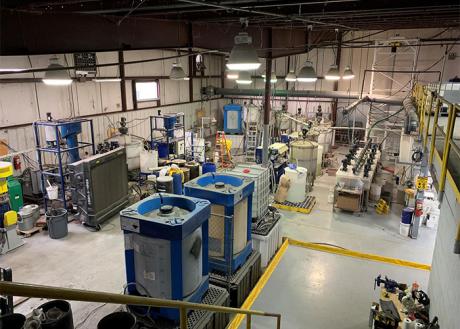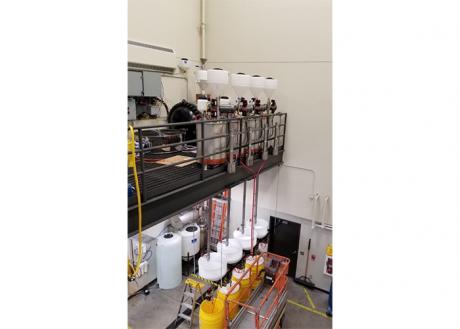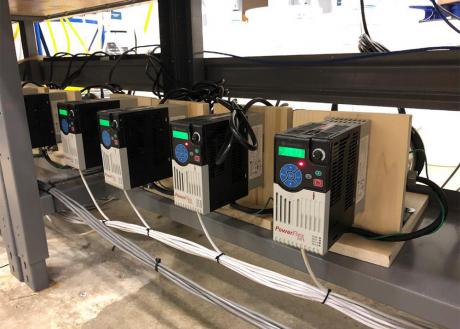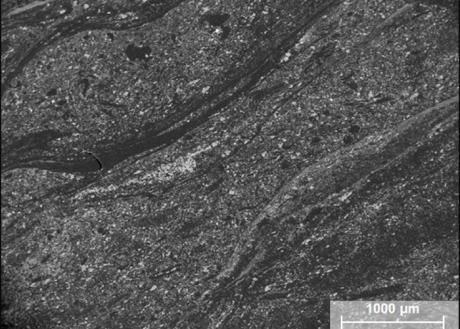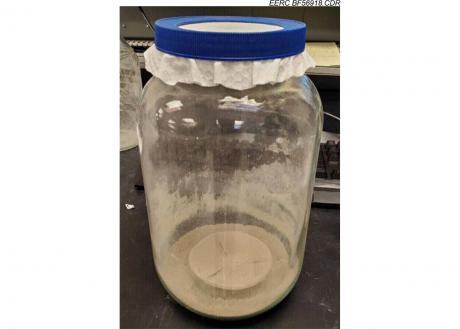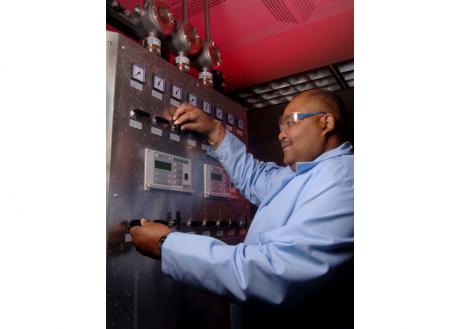A NETL-supported project at the University of Kentucky (UK) successfully conducted pilot-scale testing in their facility that was designed to extract mixed rare earth elements from coal and coal by-products using advanced extraction technologies, achieving production of mixed rare earth oxide (MREO) concentrates of up to 98% purity and exceeding original project goals.
The U.S. Department of Energy’s (DOE) Office of Fossil Energy (FE) has announced $28.35 million in federal funding for cost-shared research and development projects under the Funding Opportunity Announcement (FOA) DE-FOA-0002404, Advanced Processing of Rare Earth Elements and Critical Minerals for Industrial and Manufacturing Applications.
An NETL-supported project at the University of North Dakota (UND) to economically extract strategically important rare earth elements (REE) has shown that lignite is a potential domestic source of these vital minerals using a process that also produces valuable by-products and takes advantage of existing mining infrastructure.
An NETL-supported project at West Virginia University (WVU) to extract economically and strategically important rare earth elements (REEs) from Appalachian coal resources reached new milestones, such as partial automation of the recovery process, and exceeded its original REE purity and recovery goals.
The U.S. Department of Energy’s (DOE) Office of Fossil Energy (FE) has issued a request for information (RFI) to develop technologies needed to attain an uninterruptable domestic supply of critical minerals (CMs) and rare earth elements (REEs).
NETL-supported research at Virginia Tech has been recognized by the American Energy Society (AES) as one of the top energy and technology developments of the year for its game-changing economic potential to supply the United States with a steady domestic source of vitally important rare earth elements (REE).
Today, the U.S. Department of Energy (DOE) and NETL announced plans to make available $122 million in federal funding for cost-shared research and development under the funding opportunity announcement (FOA) Carbon Ore, Rare Earth, and Critical Minerals (CORE-CM) Initiative for U.S. Basins.
With support from NETL, researchers from the University of North Dakota (UND) and Pacific Northwest National Laboratory (PNNL) identified unique pathways and pretreatments to extract rare earth elements (REEs) from low-rank coal (LRC) ash in a more economical and environmentally sustainable manner that can be adjusted to meet variable conditions.
LRCs, such as lignites, are one of the most abundant fossil fuel sources in the world. NETL-supported project with UND and PNNL researchers has shown that the ash from LRCs can be a potentially viable source of REEs.
The United States Energy Association recently hosted a webinar to provide an update on critical minerals (CMs) and rare earth elements (REE) research development and deployment (RD&D) being performed by the U.S. Department of Energy’s (DOE) Office of Fossil Energy (FE), including NETL’s robust in-house research project portfolio as well as the Lab’s extramural program portfolio. The webinar featured opening remarks by Principal Deputy Assistant Secretary for Fossil Energy Kenneth Humphreys and Traci Rodosta, program manager for FE’s Critical Minerals and Coals to Products program.
In his long career at NETL, McMahan Gray has experienced more than a few successes.
For example, the award-winning research chemist has made valuable contributions to remove carbon from industrial emissions and extract rare earth elements (REEs) from coal byproducts, wastewater and even acid mine drainage.
Another ground-breaking contribution may be just around the corner. As part of an ongoing research effort, Gray serves on an NETL team that’s writing a new chapter in the long productive history of coal that may revolutionize how the mineral is used in the future.





